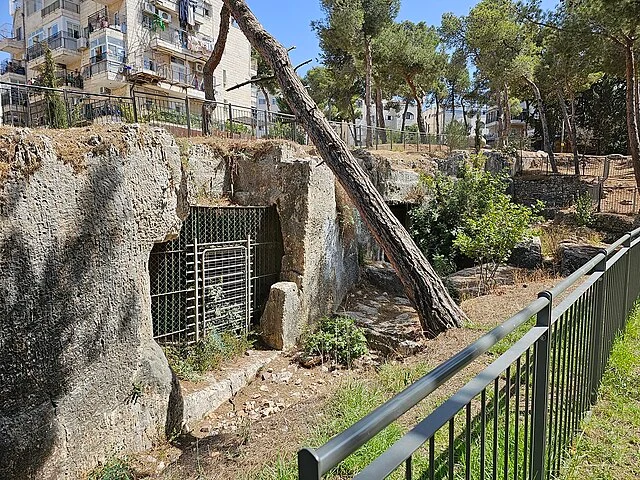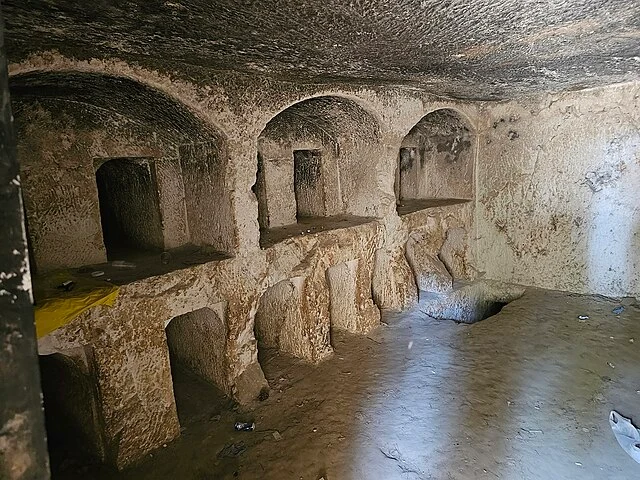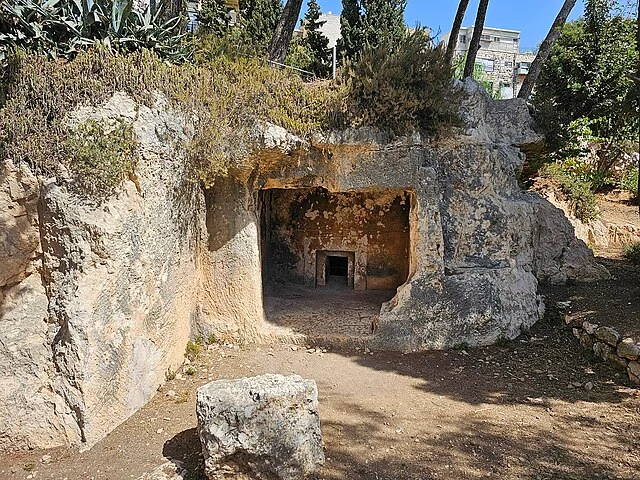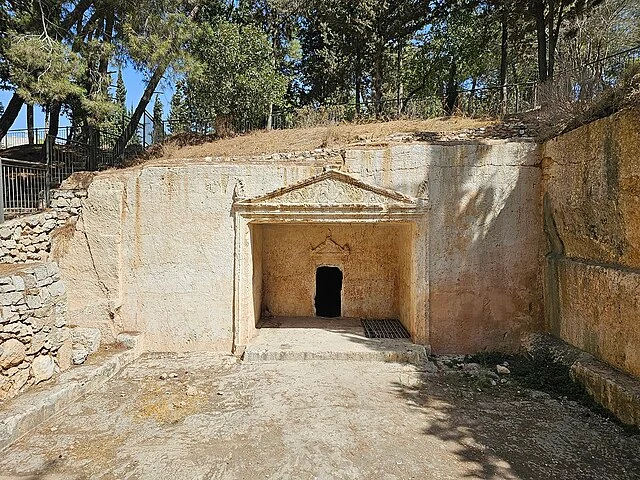The Tombs of the Sanhedrin, also known as the Tombs of the Judges, is an ancient burial complex located in Jerusalem. These tombs date back to the Second Temple period, specifically between the 1st century BC and the 1st century AD. The tombs are named after the Sanhedrin, the ancient Jewish court system, although there is no direct evidence linking the tombs to members of the Sanhedrin. This article explores the history, architecture, and significance of these tombs within the context of ancient Jewish burial practices.
Get your dose of History via Email
Historical Context

The Second Temple period, spanning from 516 BC to 70 AD, was a time of significant religious and cultural development for the Jewish people. During this period, Jerusalem became the spiritual and administrative center of Judaism. The Sanhedrin, established during this time, served as the highest Jewish court and legislative body. While the Sanhedrin held great influence, the exact identity of those buried in the Tombs of the Sanhedrin remains uncertain.
Architectural Features

The Tombs of the Sanhedrin are a prime example of rock-cut tomb architecture, a common burial method during the Second Temple period. The complex consists of numerous burial niches, known as kokhim, which were carved into the walls of the tomb. These niches were designed to hold the bodies of the deceased, following Jewish burial customs that avoided cremation.
The entrance to the tomb is characterized by a monumental facade, which includes an arched doorway and a decorated cornice. Inside, the tomb complex features a central chamber, from which multiple burial chambers extend. The walls of these chambers are adorned with intricate carvings, including floral motifs and geometric patterns, reflecting the artistic styles of the period.
Cultural and Religious Significance
Jewish burial practices during the Second Temple period were deeply influenced by religious beliefs and social customs. The use of rock-cut tombs, such as the Tombs of the Sanhedrin, was reserved for the wealthy and elite members of society. The presence of elaborate carvings and architectural features suggests that those buried in these tombs held high social status.
The association of the tombs with the Sanhedrin, though not conclusively proven, reflects the reverence for the Jewish court system and its members. The Sanhedrin played a crucial role in the administration of Jewish law and tradition, and the tombs may have served as a final resting place for prominent figures of the time.
Archaeological Discoveries

Archaeological excavations at the Tombs of the Sanhedrin have provided valuable insights into the burial practices of the Second Temple period. Artifacts discovered within the tombs, including ossuaries (stone boxes used to store the bones of the deceased), pottery, and coins, have helped to date the tombs and understand the rituals associated with Jewish burials.
The study of these artifacts has also shed light on the daily lives of those buried in the tombs, offering a glimpse into the material culture of the period. The presence of inscriptions on some ossuaries has provided additional information about the identities and social status of the deceased.
Conclusion
The Tombs of the Sanhedrin represent a significant archaeological and cultural heritage site in Jerusalem. While the exact identities of those buried in the tombs remain unknown, their architectural grandeur and the artifacts discovered within them offer valuable insights into the burial practices and social hierarchy of the Second Temple period. As ongoing research continues, these tombs will undoubtedly contribute to our understanding of ancient Jewish history and culture.
Source:

